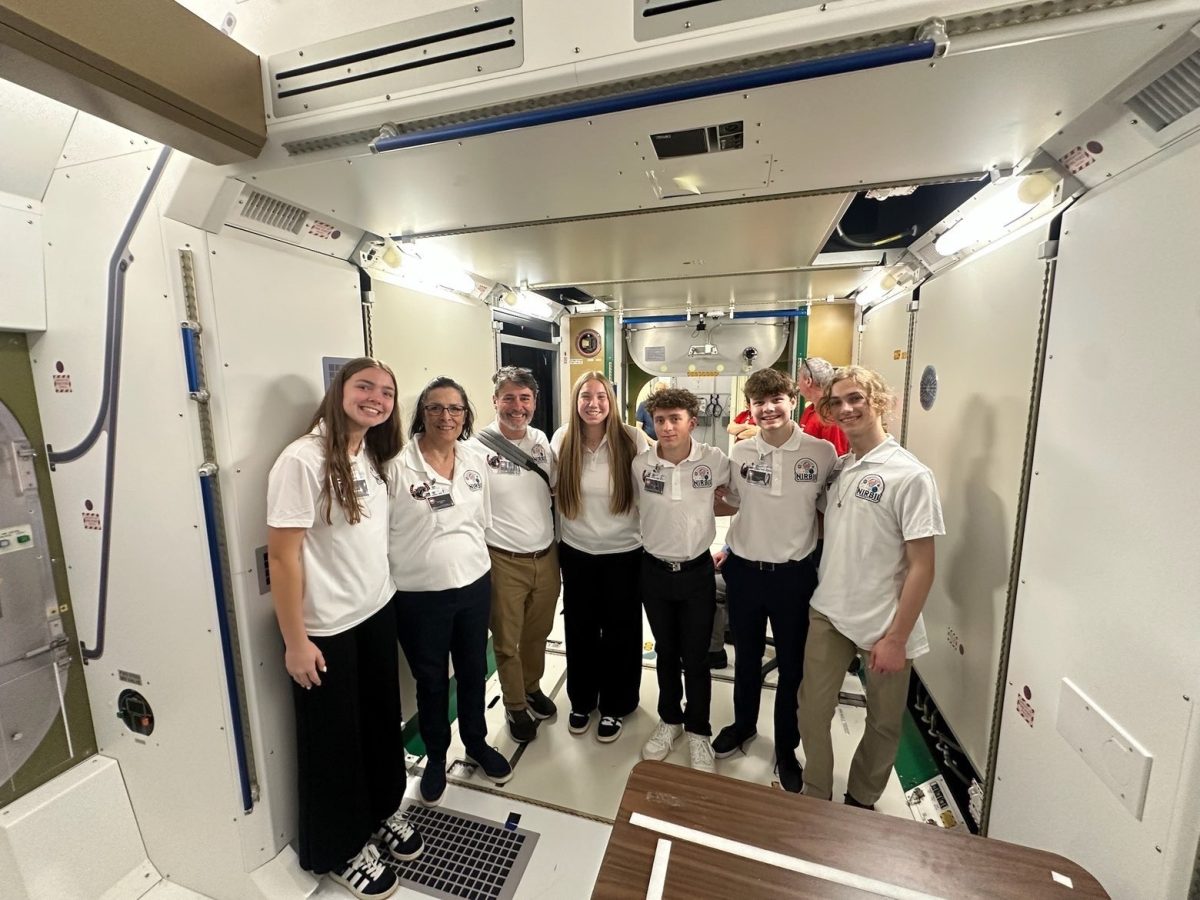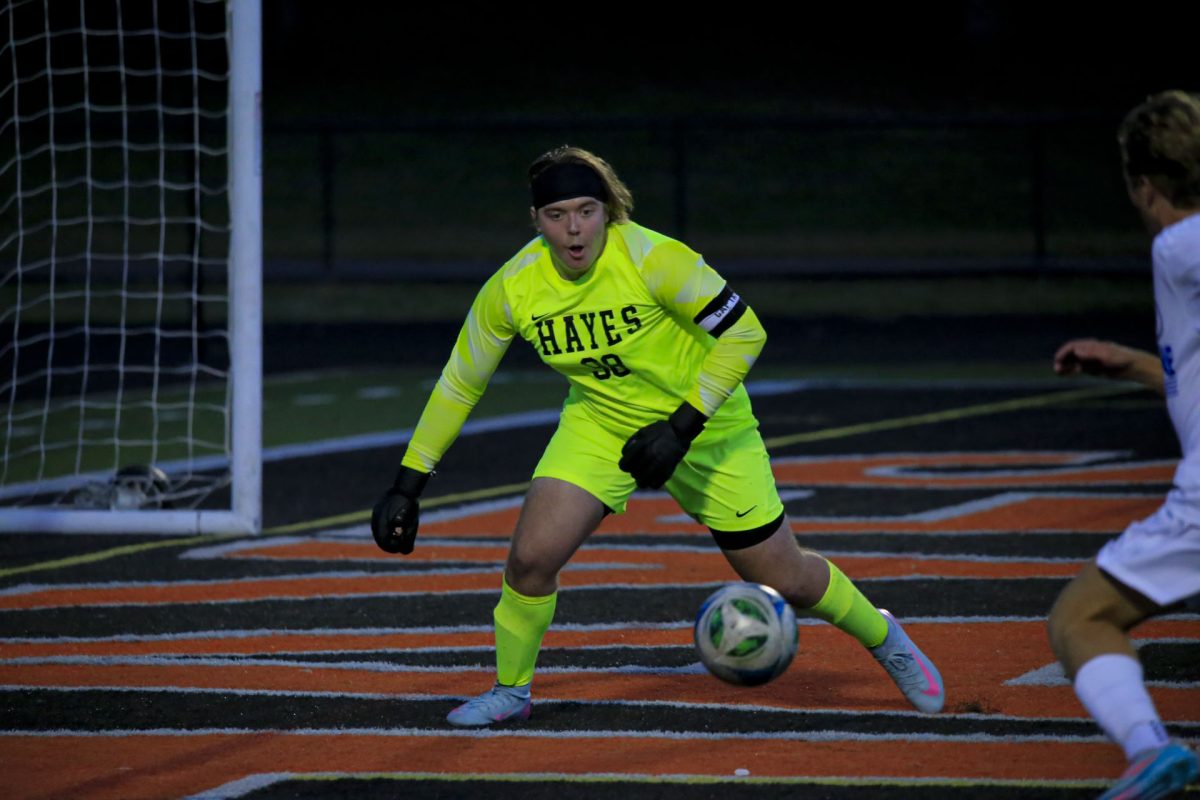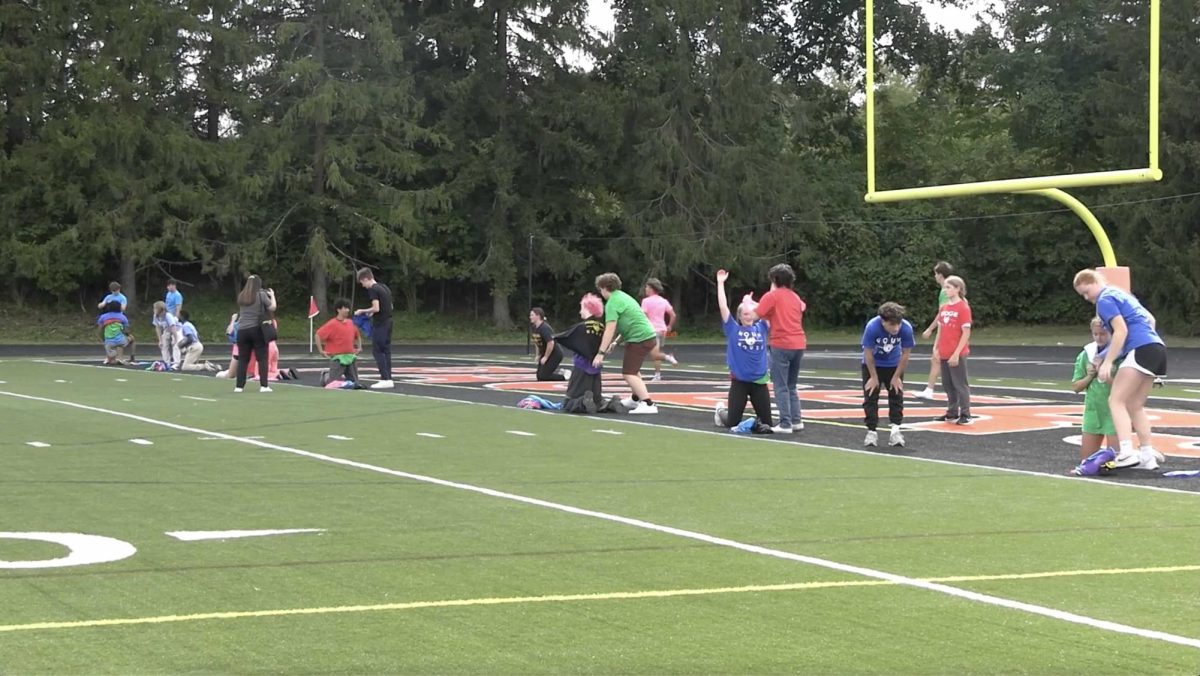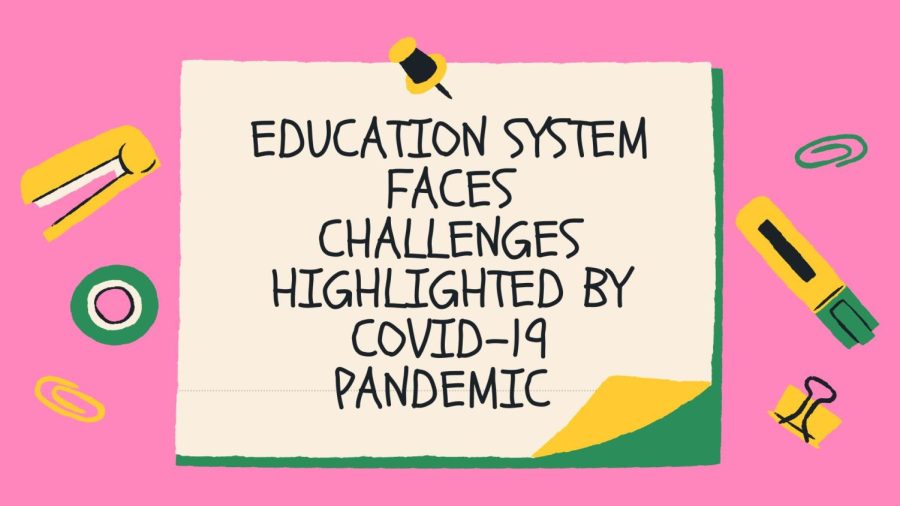Education system faces challenges highlighted by Covid-19 pandemic
February 14, 2023
It has been 1,068 days since the Covid-19 pandemic began, and 1,068 days since our lives changed forever.
After Covid-19 caused the world to shut down, people naturally went into a “panic mode.” This ultimately led to issues in education such as lack of effort in coursework, chronic absenteeism, behavioral changes, stunted development, etc.
Delaware City Schools Assistant Superintendent, Misty Swanger, said the pandemic impacted significant changes and growth within the school district.
“For one thing, the issues taught teachers and taught school personnel that we need to adapt, and that we can adapt,” Swanger said.
From the first shutdown of the pandemic to now, students lost years of development, from fine motor skills to being able to socialize and communicate with peers.
“In some [situations], if you’re a ninth grader, you haven’t had a full ‘normal year’ since you were in sixth grade,” Swanger said.
As a result, students have actively shown the social and behavioral skills of someone three grades younger than where they are at educationally.
The future of the nation’s children was stunted in educational and social-emotional growth. As of May of 2022, 56% of public school classrooms reported having an increase in “classroom disruptions from student misconduct,” and a 49% increase in “rowdiness outside of the classroom.”
Behavioral issues have shown up in older students as well. A big impact of behavioral issues with students was not only from their social isolation, but from their large increase in the use of technology and social media.
“The abuse of social media is a real problem as well,” said Kelly Lewis, an educational assistant at Dempsey Middle School. The adoption of social media and use of technology was through the roof during Covid, as about 70% of the population reported having an increase in social media use.
“We are using much more technology than ever before,” Lewis said. “Google Meets and Zoom have become the new normal.”
“I think that it became hard for some people to manage and navigate,” Swanger said. “I think a lot of older students spent far more time on social media. Social media has impacted behavior and friendships and relationships and things.”
Lack of socialization and being able to communicate in person led to a decline in the mental health of students.This ultimately led to lack of motivation and poor quality of work.
Sixth grade math teacher George Brown said that he has witnessed a huge decline in the math capabilities of students.
“For math specifically, Covid has greatly affected students’ understanding of basic math facts,” Brown said. “Whereas previously I could reasonably expect the majority of my students to have mastered their multiplication tables, now that is not the case.”
Brown said he has also noticed changes in how schools handle mental health issues in correlation to education. “Students’ mental health has become a much larger part of our everyday conversation,” Brown said. “Currently students receive a much greater amount of mental health services through the school and outside the school than previously.”
The world as a whole experienced mental health crises like never before. Depression and anxiety are the two largest mental illnesses worldwide. Covid resulted in a 25% increase worldwide of mental health issues, specifically those of anxiety and depression.
Not only are students struggling with mental health, but a huge part of these statistics include the mental health of teachers. For example, 84% of teachers reported that teaching has been more stressful since Covid-19.
“I still put teachers on a pedestal, I really do, and I just think our teachers work so hard every day and they’re in it for the students,” Swanger said.
As a result of behavioral “problems” and mental health “issues” in both students and teachers, as high as 25% of teachers reported that they would leave the profession after the 2020-21 school year.
Unfortunately, due to the high unemployment rates of teachers, bus drivers and school system employees in general, students are unable to receive the high quality of education and help that they deserve and need to be successful.
Ultimately, after the rise of Covid, the education system both locally and worldwide has permanently changed and has continued to negatively impact the community. Yet, the population has gone through many learning curves and has found ways to adapt to these changes.
“It taught us what school is providing for students: from academics to everything else that kids need to be in school, and that they need to be with their peers, and that their teachers really matter,” Swanger said.






































